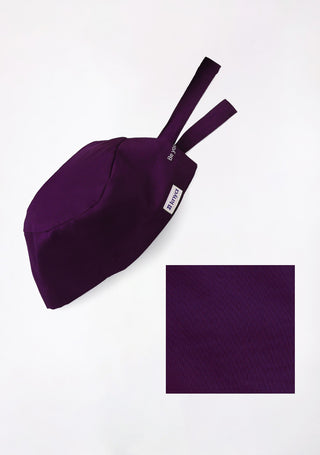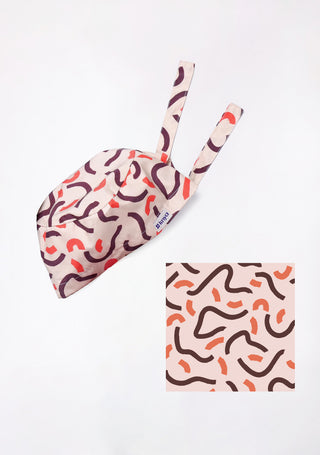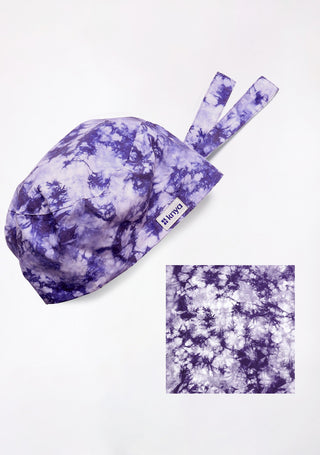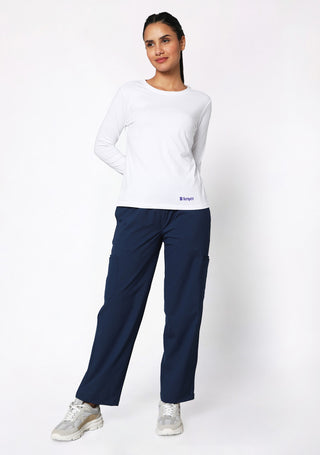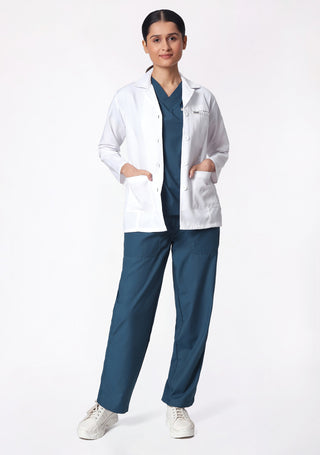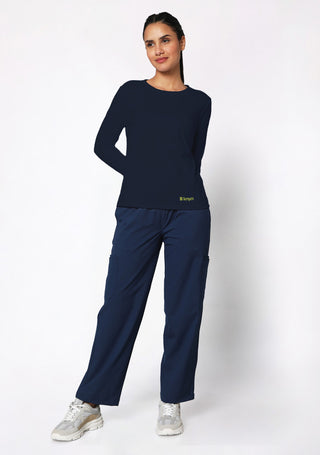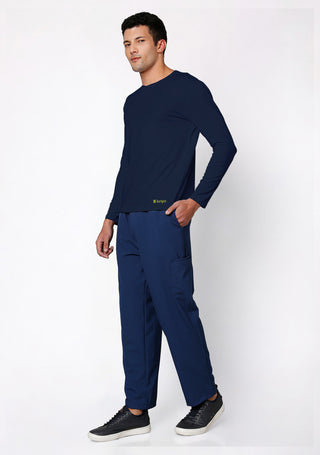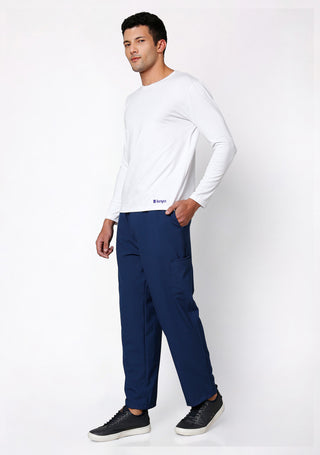When it comes to infection control we realize that These garments are more than just uniforms
They are essential tools in preventing the spread of infection in clinical settings.scrubs help prevent contramination and maintain hygiene. The best practices in scrubs usage will decrease cross contamination , so scrubs shouldn't be just viewed as uniform; it's sort of a protective shield for those who protect.
Understanding Medical Scrubs:
Medical scrubs consist of a short sleeve top and pants from light weight materials and they are specifically worn by healthcare professionals.Its designed for simplicity and functionality, scrubs are crafted from materials that are easy to clean and disinfect, facilitating a sterile environment.
Scrubs as a Barrier:
Beyond functionality and comfort, scrubs serve as barriers for infection control.Medical scrubs are designed to reduce the risk of these contaminants adhering to or penetrating the clothing.
The Importance of Proper Laundering
The infection control efficiency of medical scrubs depends on proper laundry. Scrubs that are not adequately cleaned can harbor harmful bacteria and other microbes, posing a risk of transmission to both patients and healthcare professionals.
Tired of stiff, uncomfortable scrubs? Order the best jogger scrubs here and experience the difference.
Innovations in Scrub Fabric Technology
To improve comfort and hygiene advanced technologies are incorporated into modern scrubs from conscious selection of fabrics to antimicrobial properties. A lot of improvisations happened.
-
Antimicrobial Properties: Some scrubs are treated with agents that reduce the growth of bacteria, minimizing the spread of germs in high-risk settings.
-
Moisture-Wicking Fabrics: Materials like polyester and viscose are designed to wick away moisture, keeping healthcare workers dry and comfortable during long shifts.
- Temperature Regulation:Depending on the work environment, scrubs made from specific fabrics can provide warmth or coolness, enhancing overall comfort.
Scrubs and Cross-Contamination: Mitigating Risks
Contamination can be prevented easily but cross contamination is always a headache and special attention should be given to prevent that. If not handled properly, scrubs can become the vehicle of pathogens. By not wearing scrubs outside the clinical settings also can prevent the cross contamination to a great extent.
Scrub caps and Additional Protective Gear
Scrubs usually cover most of the body so scrub caps are specifically for extra infection control and protection.This plays a crucial role in controlling the spread of infections vectors for pathogens
Best Practices for Using Medical Scrubs to Prevent Infection
Change Scrubs Regularly
Scrubs should be changed daily or more frequently if contaminated. Wearing the same scrubs for extended periods increases the risk of spreading infections both inside and outside the hospital.
Avoid Wearing Scrubs Outside Clinical Areas
Walking through cafeterias, public transport, or home environments in scrubs can turn them into carriers of bacteria. Limiting their use to clinical spaces reduces this risk significantly.
Proper Disposal of Single-Use Scrubs
Disposable scrubs should be discarded in designated biohazard containers, especially if they have come in contact with infectious material.
Follow Hospital Laundering Protocols
Home laundering may not reach the temperature or disinfectant levels needed to kill all pathogens. Hospitals should offer laundering services or outsource to certified medical laundry providers.
Discover the best lab coat designed for comfort and protection. Shop from here.
Wear Additional PPE When Required
Scrubs are not substitutes for PPE such as gloves, masks, and gowns. In high-risk scenarios, scrubs should be layered with appropriate PPE and changed immediately after any contamination.
Institutional Policies and Best Practices
Healthcare institutions must implement comprehensive policies regarding the use and maintenance of medical scrubs.This includes guidelines on how to handle contaminated scrubs, protocols for transporting them to laundry facilities, and proper storage when not in use. FitRight Medical Scrubs underscores the importance of such policies in ensuring that scrubs do not become a source of infection themselves.

